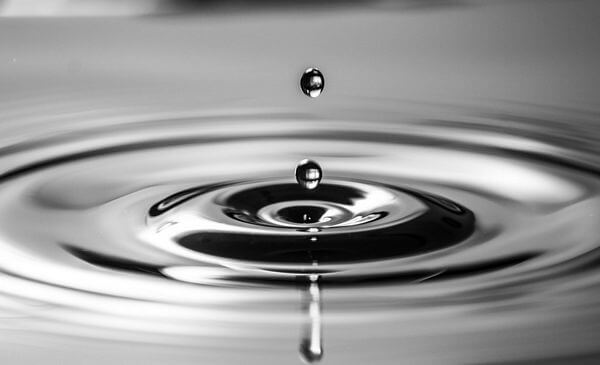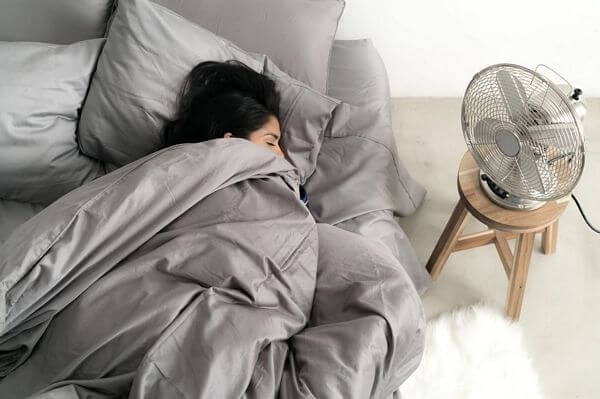Today we’re gonna learn about silver. Silver is more than something that you wear in your earrings or as a necklace or as a watch.
Silver has antimicrobial properties and that means that silver has superpowers. It can fight germs, bacteria and fungus.

This isn’t new. The antimicrobial abilities of silver have been known for a long time. Ancient Egyptians used to put their fruits into silver containers so that it would preserve the fruits a little bit longer.
Ancient Greeks used to keep their water in silver vases to keep it fresh. And in World War I, before we had antibiotics and all that stuff, they use silver patches to heal wounds.
Pioneers used silver in their water tanks to help keep the water more pure, longer.
Some people, even today, used silver milk containers to carry milk in them, because not as much bacteria will grow in the milk when they use silver containers.
But back then, no one knew how silver kills bacteria and other germs. They just knew that it did and I’m here to tell you how.
So if you have a germ and silver comes in contact with it, it’s not the silver that kills a germ, but its silver ions.
Ions are charged particles that are released by the silver and when those ions come in contact with the germs, it causes some pretty nasty stuff.
The ions interact with the surface of the germ and causes oxidation, which is the same thing that causes apples to spoil and causes cars to to rust.
It breaks down the surface of the germ, it attacks it and some of those silver ions will get inside of the germ and block its DNA from replicating and also prevent the germ from using its abilities to use energy. So it kills the germs.
Another crazy thing about this is that germs cannot build a resistance to silver because it’s physically attacking them!
Which silver is more effective? Silver pellets or silver powder?
Which one do you think is more effective?
If you guessed the powder, then you guessed correct!
This is because the powder has more surface area than the pellets. If you were to surround the germ with the silver pellets, you could only fit a few around it. But if we use a silver powder, we can get more silver around the germ, releasing more silver ions and causing those germs to really wish they didn’t get on your products.
This makes a powder more effective because it’s going to release more ions in order to kill the germs.
Once we get even smaller, down to the nano scale, one billionth of a meter, the silver not only is more effective in killing germs, you can also use it in different ways.
Scientists have developed nano silver socks that kill the fungus that make our feet smell. There is nano silver underwear. Some hospitals use nano silver to keep different surfaces in the facilities clean. There are also antibacterial sheets and antibacterial towels infused with silver.

Bed Sheets Infused With Silver!
Some scientists have even developed ways to use a nano silver in contraception to help prevent partners from transmitting STDs to one another.
So silver has lots of uses. The same stuff that’s in your earrings or your necklace or your watch is also an effective weapon in the call of duty, modern germ warfare.
Another Explanation
Why is silver antibacterial. Why can silver kill bacteria, viruses and yeast?
It works by actually stealing electrons from pathogens.
How this works?
If you take a look at the periodic chart that has all the elements on it, you will find silver as Ag 47.
Ag is the chemical name of silver. 47 means that silver has 47 electrons in the atomic structure.
Silver has these orbitals around it. These are the orbitals that make silver have the properties it has.
There are two electrons in the first orbital. Eight in the second, 18 in the third, 18 in the next orbital. Those are all full orbitals, there’s no placement for any other electron.
But in the outer orbital that bumps into other molecules and atoms, there is only one electron.
Because of this, it has a charge on it.
This is a free radical and it is looking for another electron of the opposite charge. And when they come together, then they’re stable.
So silver in its outer orbital is missing one electron, and it has to get a pair. When it gets a pair, it’s like electromagnetic force, drawing it from somewhere else.
Where does it get it from? It can get it from bacteria. In their outer shell, bacteria has only one electron! This means that their membrane is very thin.

When that one electron is lost (stolen by silver), all of the content within the bacteria is going out. Just like popping a water balloon with a pin.
That’s how silver kills bacteria!
Why does silver destroy the bad bacteria but doesn’t destroy the good bacteria in your gut?
The gut bacteria, called probiotics, break down foods so that you can absorb those nutrients through your intestines and into the bloodstream.
But the good bacteria must survive in the presence of hydrochloric acid, which is the stomach acid. To do that, the probiotics have developed a second layer around themselves.
This bacteria has little pores all over it. And they secrete a little milk fat, a coating that becomes the biofilm around the bacteria.
To be specific, there is only one membrane but it secretes a gel, a milk fat coating around itself. And acid can’t get through.
The bacteria survives in your gut and does it’s job.
When you drink liquid silver and it goes through your stomach, gets in the acid, and moves into your intestines, the reason that the silver doesn’t destroy this good bacteria is because of this milk fat coating.
Silver in a liquid form is mostly water. And structured water cannot penetrate fats.
This is why silver works on the unhealthy bacteria but spares the healthy bacteria.
